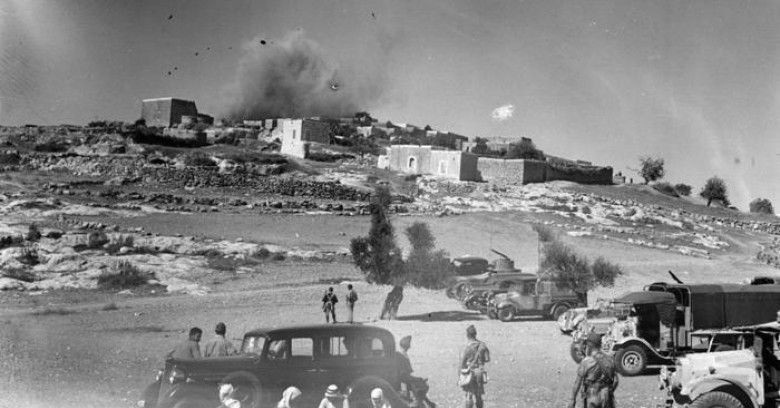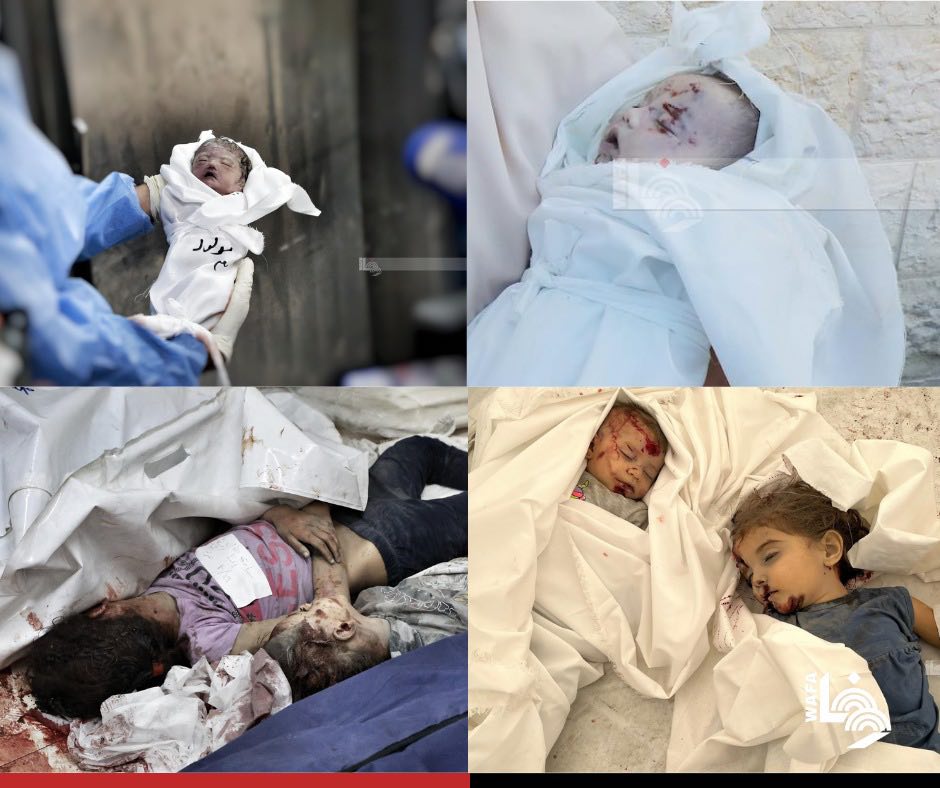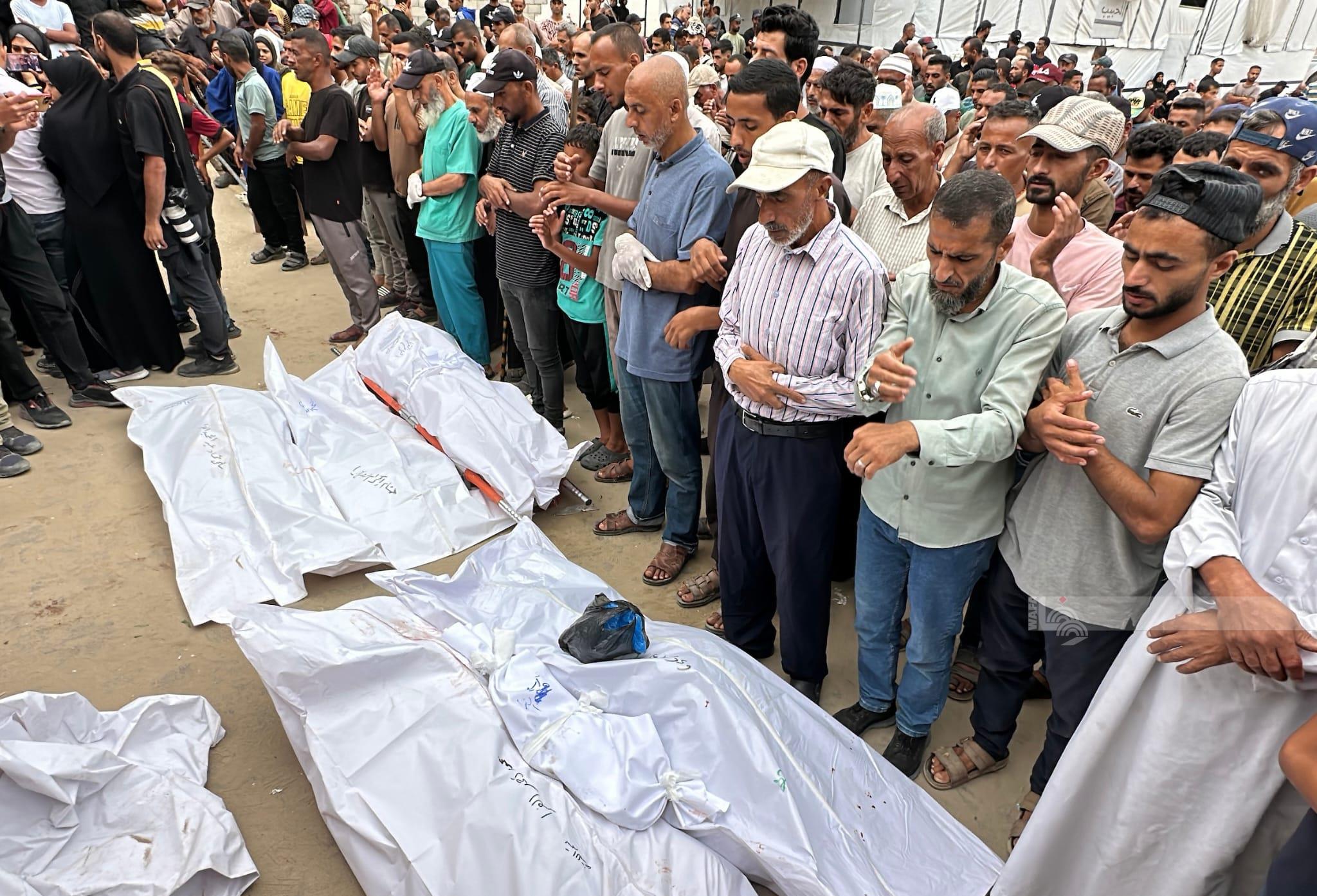RAMALLAH, August 29, 2015 (WAFA) – Today, August 29, 2015, marks
the 28th anniversary of the assassination of renowned Palestinian
cartoonist Naji Al-Ali, who was known for his honesty and dedication to truth
he showed in his work.
Born and raised in Ash-Shajara village near Nazareth in 1937, Naji
Al-Ali was a victim of the Nakba (catastrophe) which took place in April 1948. He,
along with his family, were among the 750,000 Palestinians who were forcefully
displaced by Israeli troops from their homes to Ein Al-Hilweh Refugee Camp in
south Lebanon, where he started his artistic career during the late 1950s.
He was frequently detained and censored for his political activism
and used to draw on the walls of his cells.
Al-Ali was
highly influenced by the years he spent in the
refugee camp.
It was there where he first witnessed the constraints
imposed on the Palestinian people. Having
realized such constraints, he swore then to immerse himself in politics and
serve the Palestinian revolution by all the means at his disposal.
He
received trainings as a mechanic in Tripoli, but his first love was always
drawing, leading him to take a one-year course at the Lebanese Art Academy. He got married to
Widad Saleh Naser from Safuriya village and had four children.
During one of his visits to Ein Al-Hilweh refugee camp, the late
Palestinian novelist Ghassan Kanafani, who owned al-Horiya magazine in Lebanon,
saw some of Al-Ali’s drawings and encouraged him to continue. Eventually, he
published two cartoons in his al-Horiya magazine, issue no. 88, which was
published on 25 December 1961.
In 1963 Naji al-ali worked as a journalist in Kuwait, where he
first worked as an editor, cartoonist, and a director to Al-Tale‘ah and
As-Siyasah weekly magazines. He travelled back to Lebanon, where he worked in
As-Safir newspaper.
During the Israeli invasion of Lebanon in 1982, Al-Ali was forced
to leave his home again, but this time on ships filled with hundreds of
Palestinian fighters. After several years of displacement, he finally settled
back in Kuwait, where he found work with the prominent Arab daily, Al-Qabbas.
In 1983 he worked in Al Qabas’ branch in London. It was his last move before
his death in 1987.
On Wednesday 22 July 1987, Palestinian cartoonist Naji Al-Ali was
shot by an unknown gunman outside his office at the Al-Qabas Kuwaiti newspaper
in southwest London. After five weeks in a coma on a life support machine at a
London hospital, Naji al-Ali passed away on Saturday, August 30, 1987 at the
age of 49.
Naji Al-Ali produced over 40,000 illustrative, sarcastic and
poignant cartoons, most of which illustrate symbols of the occupation and
resistance. His most famous illustrated
character is Handala,
a bare-foot little boy who turned his back to the world and became an icon of
Palestinian resistance. He published three books on his cartoons in 1976, 1983
and 1985 and was working on another book at the time of his death.
When asked about Handala, Al-Ali revealed that the idea came to
him when he was working in Kuwait during the early 1960s.
“The child Handala is my signature, everyone asks me about him
wherever I go. I gave birth to this child in the Gulf and I presented him to
the people. His name is Handala and he has promised the people that he will
remain true to himself. I drew him as a child who is not beautiful; his hair is
like the hair of a hedgehog that uses his thorns as a weapon.
Handala is not a fat, happy, relaxed, or pampered child, he is
barefooted like the refugee camp children, and he is an ‘icon’ that protects me
from making mistakes. Even though he is rough, he smells of Amber. His hands
are clasped behind his back as a sign of rejection at a time when solutions are
presented to us the American way, he said.
Naji al-Ali explained that, Handala was born ten years old and he
will always be ten years old,” adding that, “At that age I left my homeland,
and when he returns, Handala will still be ten, and then he will start growing
up. The laws of nature do not apply to him. He is unique. Things will become
normal again when the homeland returns.”
“I presented him to the poor and named him Handala as a symbol of
bitterness. At first he was a Palestinian child, but his consciousness
developed to have a national and then a global and human horizon. He is a
simple yet tough child, and this is why people adopted him and felt that he
represents their consciousness,” he further noted.
In 1992 an Arabic motion picture about his life was made. The
movie “Naji al-Ali” featuring Egyptian actor Noor El-Sharif gained widespread
admiration and respect from around the Arab world.
K.F./T.R.











